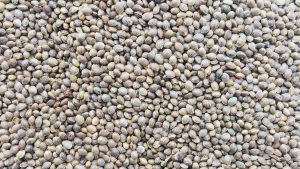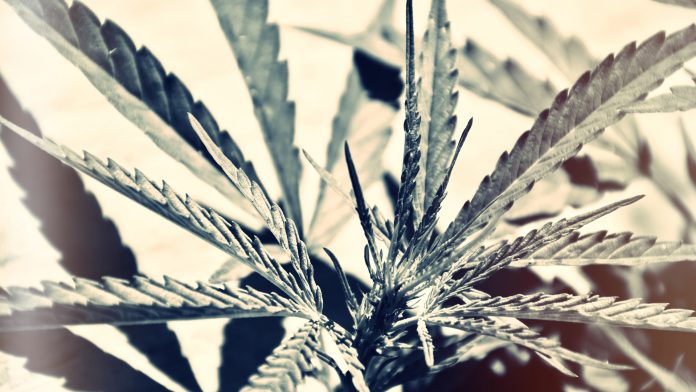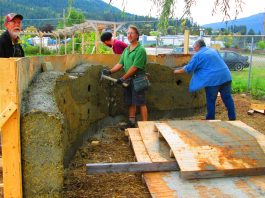Francesco Mirizzi, Senior Policy Adviser at European Industrial Hemp Association, discusses common misconceptions of hemp in agriculture and the role of hemp in the EU market.
The European Industrial Hemp Association (EIHA) equally represents farmers, transformers and traders. They strongly believe in a sustainable approach to agriculture that considers social, economic and environmental aspects. Agriculture is a key part of their business and a green, smart and fair farming is believed to be needed in order to allow a long-term growth of the sector.
Moreover, the EIHA believe that hemp can really bring new opportunities to rural areas and some young blood, which is a high demanded commodity in farming nowadays. Therefore, it goes without saying that EIHA Secretariat is very much involved in the Common Agricultural Policy (CAP) reform, and they have made several proposals and are in contact with the main farmers organisations at both EU and national level.
The Innovation Platform speaks to EIHAs Senior Policy Advisor, Francesco Mirizzi, about the relationship between the Hemp industry and the CAP reform, as well as why the EU market is falling short compared to the rest of the world.
In America, a lot of key farmers are switching from more traditional crops to faster growing, more profitable crops such as Hemp. Why is this? Will this extend to European farmers?
Partially, this is already the case. Hemp surfaces have been in constant growth in Europe since 2012. The latest data from a report conducted in 2018 reveals that around 48,000 of hectares are cultivated annually (up by 3.3% compared to 2017). Moreover, when compared to the early 90s, the spike is even more evident. For instance, in 1993 the total area was below 10000 hectares – therefore, in over 17 years there has been an increase of +600%.
This increase mainly reflects the recent growing consumer interest for CBD and food products. The wider audience is little by little gaining knowledge on the environmental benefits of hemp, and as a result are buying more and more of its derived products (mainly textile and construction materials, but this also includes bioplastics and paper etc.).
Nonetheless, unlike many US states that have fully liberalised hemp and recreational cannabis, the EU still has some major problems in recognising the different between the two. Unfortunately, this has prevented the EU market from growing any further. As a consequence, many operators are forbidden from harvesting the flower and/or the leaves, although the only allowed varieties in the EU must have a THC content lower than 0.2%.
We cannot stress enough that as long as authorities refuse the possibility of harvesting the whole plant and instead restrict its culture, farmers will have little to no interest in converting to hemp. Simply because the crop has not yet achieved a significant profitability threshold.

What effects does the CAP have on the hemp industry?
First of all, the CAP sets the level of THC that can be used in hemp varieties and then the farmers have to guarantee that this has been implemented in order to receive direct payments. This level is set at 0.2% and is considered by most Member States as a de facto limit for authorisations of new varieties.
This low level not only reduces the number of varieties available (which is currently 50) and limits our breeding capacity, but it is not even aligned with the international standards (In the US, Canada, China and Australia, the set level for THC is above 0.3%). Therefore, EIHA asked to review this threshold and restore the 0.3%, which was originally the reference value until it was changed towards the end of the 90s. Only this small change can give a major impetus to the whole sector. The CAP also sets the system of control on the field and the license system, both needing some revision in order to adapt to present day knowledge.
On a more positive note, we can anticipate that the current CAP reform will most likely open the possibility for Member States to finance the hemp sector via sectoral measures (a well-established funding system already in place for sectors such as wine, fruit, vegetables, and olives). As a result, this will benefit not just one operator but a group of them, hence exploiting the economy of scale.
Can you give us a few examples of common misconceptions of hemp in agriculture? Why are these incorrect?
The first and worst is the belief that hemp is a drug. Let’s make it clear: industrial hemp belonging to the Cannabis Sativa species has a THC level between 0.2% to 1% depending on the country legislation, while adult-use hemp belongs either to the Sativa or the Indica species and has a THC level usually above 10%. Same family, different things.
Another misconception is in regard to its environmental benefits. Many ignore what a resource hemp is for both carbon farming and soil regeneration. Thanks to its resistance, deep roots, long stalk, high leaf turnover and pollen content, hemp grants a wonderful protection and nutrition to the soil, captures up to 13 tons of carbon per hectare, promotes biodiversity and has beneficial effects on subsequent crops. All this has been substantiated by scientific research.
What effect can we expect to see COVID-19 have on the hemp industry?
We can’t deny that the recent historical events have the potential to accelerate dramatically the transition towards a bio-based economy. If the EU and national legislators will be bold enough to propose new approaches and ideas, I firmly believe that hemp will become the queen of the crops. Otherwise, we’ll be once again lagging behind China, who is investing massively in hemp.
Francesco Mirizzi
Senior Policy Advisor
European Industrial Hemp Association
francesco.mirizzi@eiha.org
Twitter @EihaHemp
Instagram @eiha.hemp
https://eiha.org/
Please note, this article will also appear in the second edition of our new quarterly publication.





